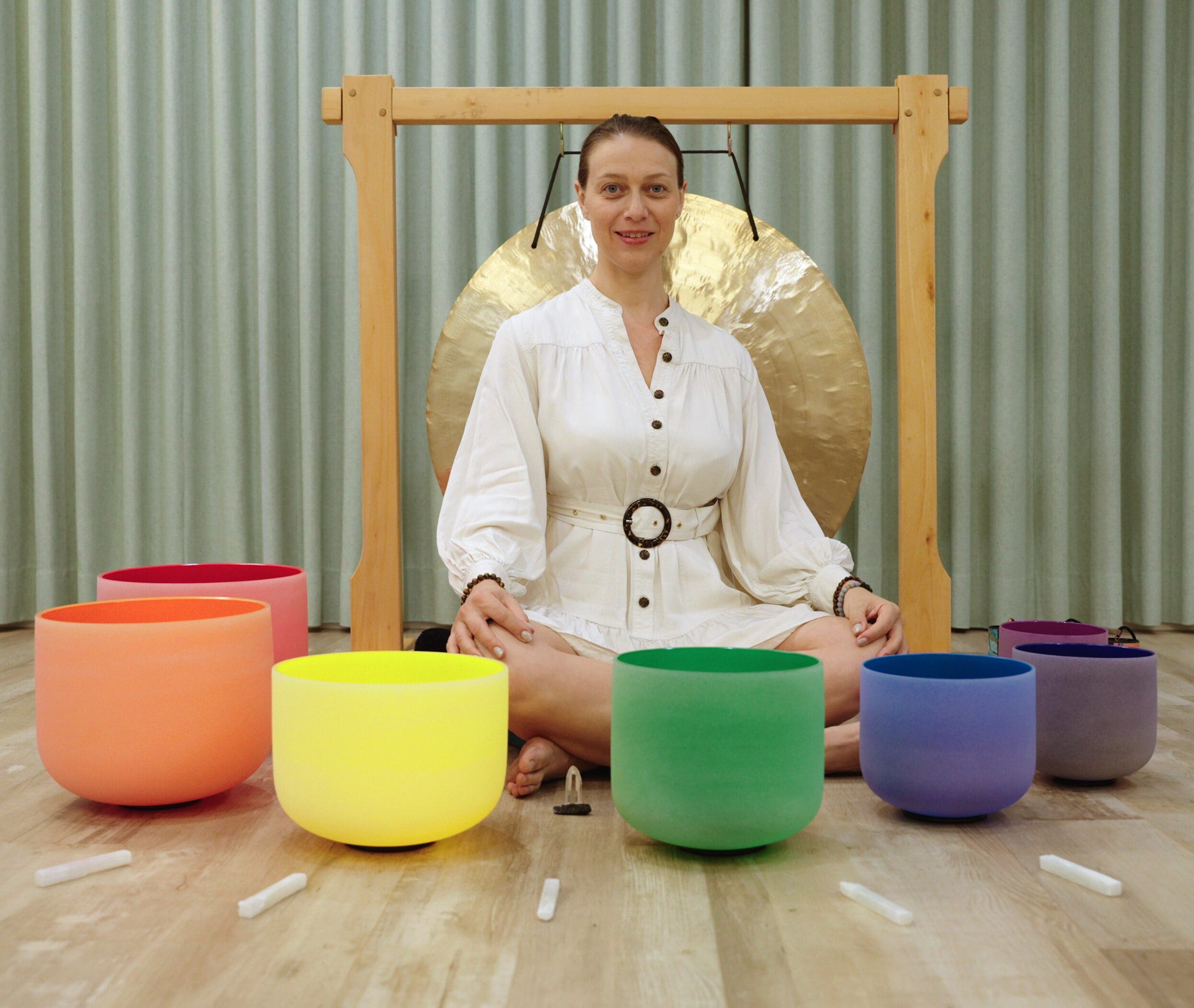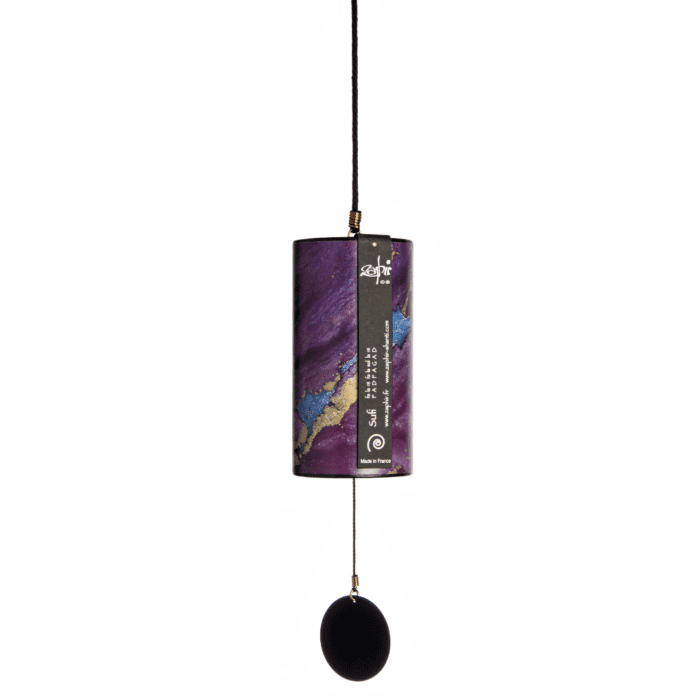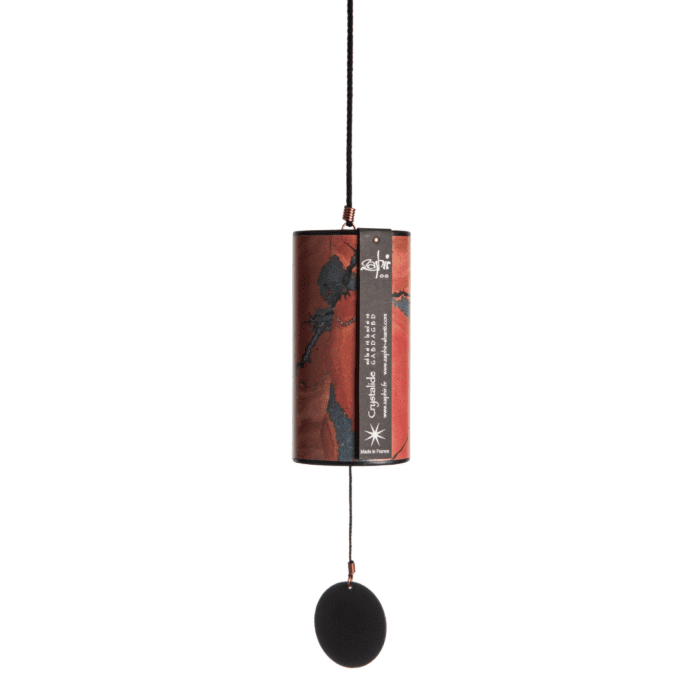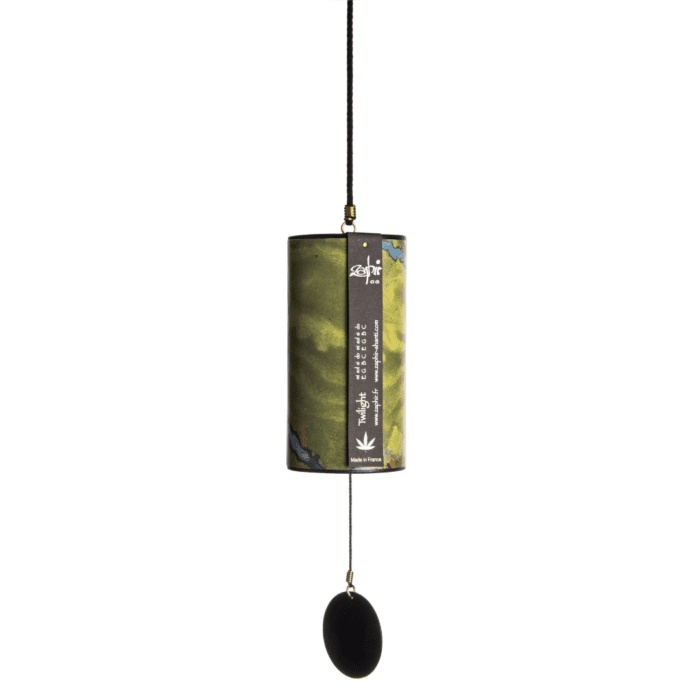If you’re looking for a natural and holistic way to improve your health and wellbeing, sound healing might just be the answer. This ancient practice has been used for centuries to promote healing and balance in the body and mind, and it’s gaining popularity in modern times as well. Sound healing involves the use of different types of sound vibrations, from chakras to brainwaves, to stimulate the body’s natural healing abilities. By harnessing the power of sound, practitioners believe that they can help to reduce stress, boost the immune system, and even alleviate pain and anxiety. Whether you’re a seasoned yogi or just looking to try something new, sound healing is a fascinating and effective way to enhance your physical and mental health. In this article, we’ll explore the fascinating world of sound healing and how it can benefit your overall wellbeing.
How Sound Healing Affects the Body and Mind
Sound healing works by using different types of sound vibrations to stimulate the body’s natural healing abilities. These vibrations can be produced by a variety of instruments, including singing bowls, gongs, and tuning forks.
When we are exposed to sound vibrations, our bodies respond by entering a state of relaxation. This relaxation response helps to reduce stress and tension in the body, which can have a range of benefits for our overall health and wellbeing.
In addition to reducing stress, sound healing has been shown to have a range of other benefits for the body and mind. For example, it can help to boost the immune system, improve circulation, and alleviate pain and anxiety.
Benefits of Sound Healing
One of the main benefits of sound healing is its ability to promote relaxation and reduce stress. Stress is a major contributor to a range of health problems, from heart disease to insomnia, and finding ways to manage it is essential for maintaining good health.
In addition to reducing stress, sound healing can also help to improve our overall sense of wellbeing. Many people report feeling more calm, centered, and balanced after a sound healing session, and this can have a positive impact on all areas of our lives.
Other benefits of sound healing include improved sleep, increased energy levels, and enhanced creativity and intuition. It can also be a helpful tool for those dealing with chronic pain, anxiety, and depression.
Different Types of Sound Healing Techniques
There are many different types of sound healing techniques, each of which uses different types of sound vibrations to promote healing and balance in the body and mind. Here are a few of the most common techniques:
– Singing bowls: Singing bowls are a type of instrument that produce a deep, resonant sound when struck or played with a mallet. They are often used in sound healing sessions to promote relaxation and reduce stress.
– Gongs: Gongs are another type of instrument commonly used in sound healing. They produce a loud, ringing sound when struck, and are believed to help release tension and promote deep relaxation.
– Tuning forks: Tuning forks are small metal instruments that produce a specific frequency when struck. They are often used in sound healing to help balance the chakras and promote healing.
Sound Healing at Home
If you’re interested in trying sound healing at home, there are many ways to incorporate it into your daily routine. One simple practice is to listen to calming music or nature sounds while you meditate or practice yoga.
You can also create your own sound healing practice by using instruments such as singing bowls or tuning forks. Simply strike the instrument and hold it near the body or place it on different parts of the body to feel the vibrations.
Finding a Professional Sound Healer
If you’re looking for a more formal sound healing session, it’s important to find a qualified and experienced practitioner. Look for someone who has training in sound healing and experience working with clients with a range of health concerns.
During a sound healing session, the practitioner will use a variety of instruments to produce different types of sound vibrations. They may also incorporate guided meditation or visualization to help you achieve a deeper state of relaxation.
Sound Healing and Modern Medicine
While sound healing is often seen as a complementary therapy to modern medicine, there is growing evidence to suggest that it can be an effective treatment for a range of health conditions. For example, one study found that sound healing was effective in reducing pain and anxiety in patients undergoing surgery.
Other studies have found that sound healing can be helpful for conditions such as depression, insomnia, and chronic pain. While more research is needed to fully understand the mechanisms behind these effects, the growing body of evidence suggests that sound healing has a valuable role to play in modern healthcare.
Research on the Effectiveness of Sound Healing
While sound healing has been used for centuries, there is still much to learn about its effectiveness and mechanisms of action. However, there is a growing body of research that suggests that it can be an effective therapy for a range of health conditions.
For example, one study found that sound healing was effective in reducing stress and anxiety in cancer patients undergoing chemotherapy. Another study found that it could be helpful for reducing pain and anxiety in patients with fibromyalgia.
While more research is needed to fully understand the benefits of sound healing, these studies suggest that it has the potential to be a powerful tool for improving health and wellbeing.
Conclusion
Sound healing is a fascinating and effective way to promote healing and balance in the body and mind. By using different types of sound vibrations, from chakras to brainwaves, practitioners believe that they can help to reduce stress, boost the immune system, and even alleviate pain and anxiety.
Whether you’re looking to try sound healing at home or find a professional practitioner, there are many ways to incorporate this ancient practice into your modern healthcare routine. By harnessing the power of sound, you can enhance your physical and mental health and promote a greater sense of wellbeing.








